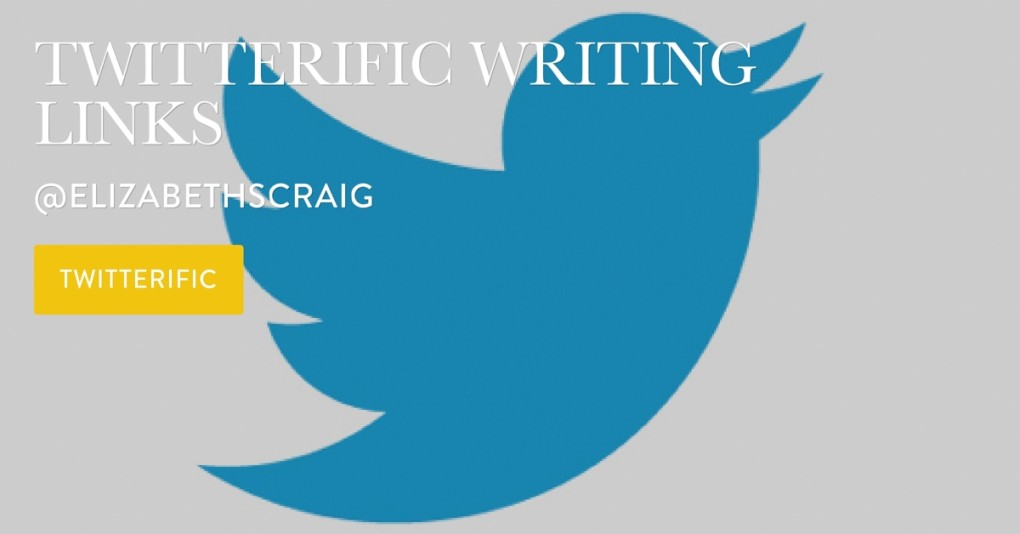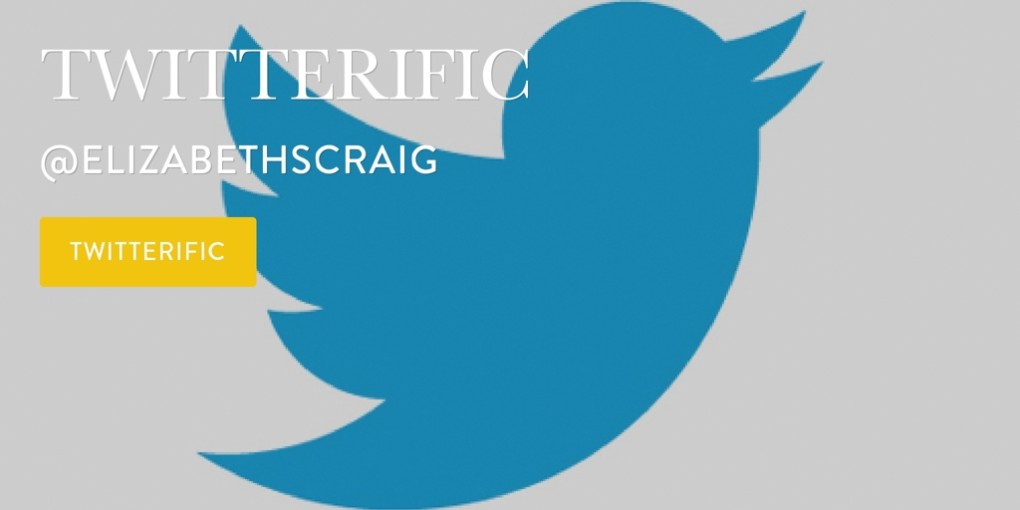
By Elizabeth S. Craig, @elizabethscraig
In 2016, I worked in more reading than I had in 2015. I love reading, but for some reason in 2015 I ended up with a bunch of abandoned books (I’m not one of those who feels I must finish reading a book I’m not enjoying).
Not only do I love reading, I know that reading makes me a better writer. That’s why I’m pushing myself to read even more in 2017 than I did last year. I’ve got new ways to make that happen, which I thought I’d share with you.
There are a few things that I’ve done differently:
Used a Goodreads account. I opened a Goodreads account under a different name so that I wouldn’t appear to be using the site to promote other books–I only wanted to use it as a reader. I’ve learned that it’s a very helpful site when it comes to reading. So frequently I’d read a book and then forget the author or title. This way, I can follow authors and learn when they have new releases. Goodreads also sends me newsletters with suggestions for other books to check out.
Spent more time at the library. I got out of the habit of writing at the library in 2015 because I was being productive at home. But I’ve found that I can make even more progress on my book…plus find things to read, myself.
Taken advantage of my Amazon Prime Kindle First benefit. If you’re an Amazon Prime member, you can choose between four (usually) selections for free each month. There have been some good choices. Even better, some of the choices have helped me read books in genres I might not otherwise have read.
Used OverDrive more. This ties into my library time, but it’s online. I request books from my library’s OverDrive site. Popular titles have a waiting list, but I never seem to stay on it very long before getting the book. It’s delivered right to my device and I don’t have to worry about returning it to the library.
Used an extension to find out whether a book I’m interested in is at my library. Jane Friedman mentioned this cool extension in one of her Electric Speed newsletters. It’s called Library Extension and currently just for Chrome browser users. When you’re browsing books on Amazon, it will check your library’s catalog to let you know if the book is available (check first to make sure your library is supported–they support 3200).
Develop ‘for later’ lists and wishlists to always have something to read next. It’s not the reading that takes the time…it’s the finding something to read. This is ironic, since there have never been more books on the market. But not all books are good fits. Not every book makes me want to sit down and read.
What are your reading plans for 2017?





